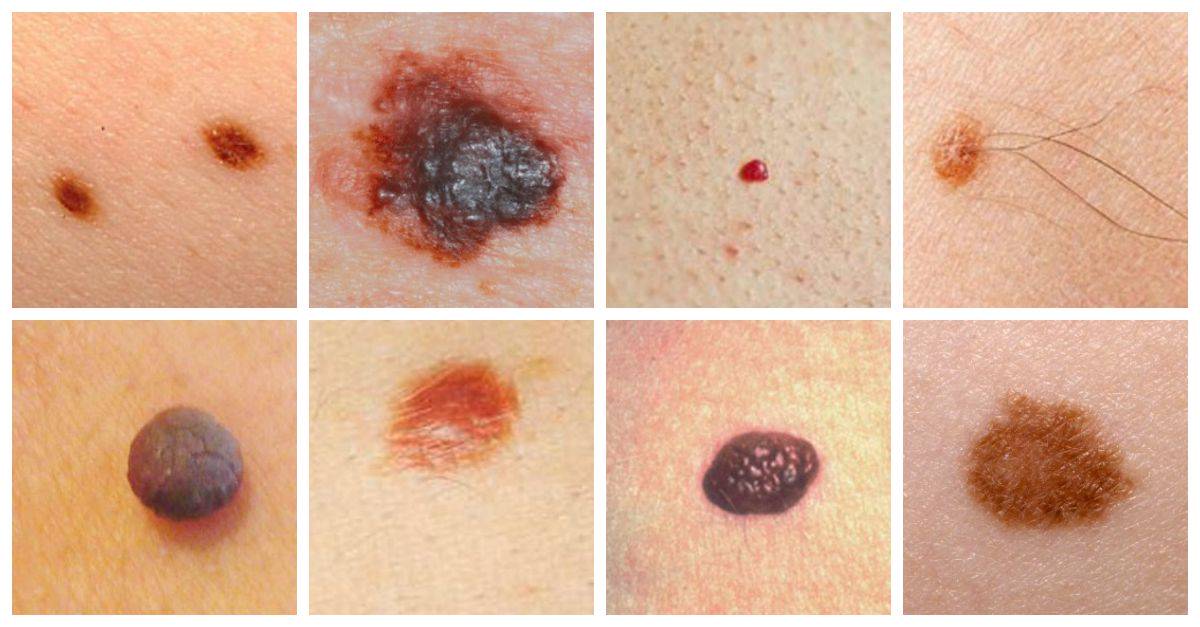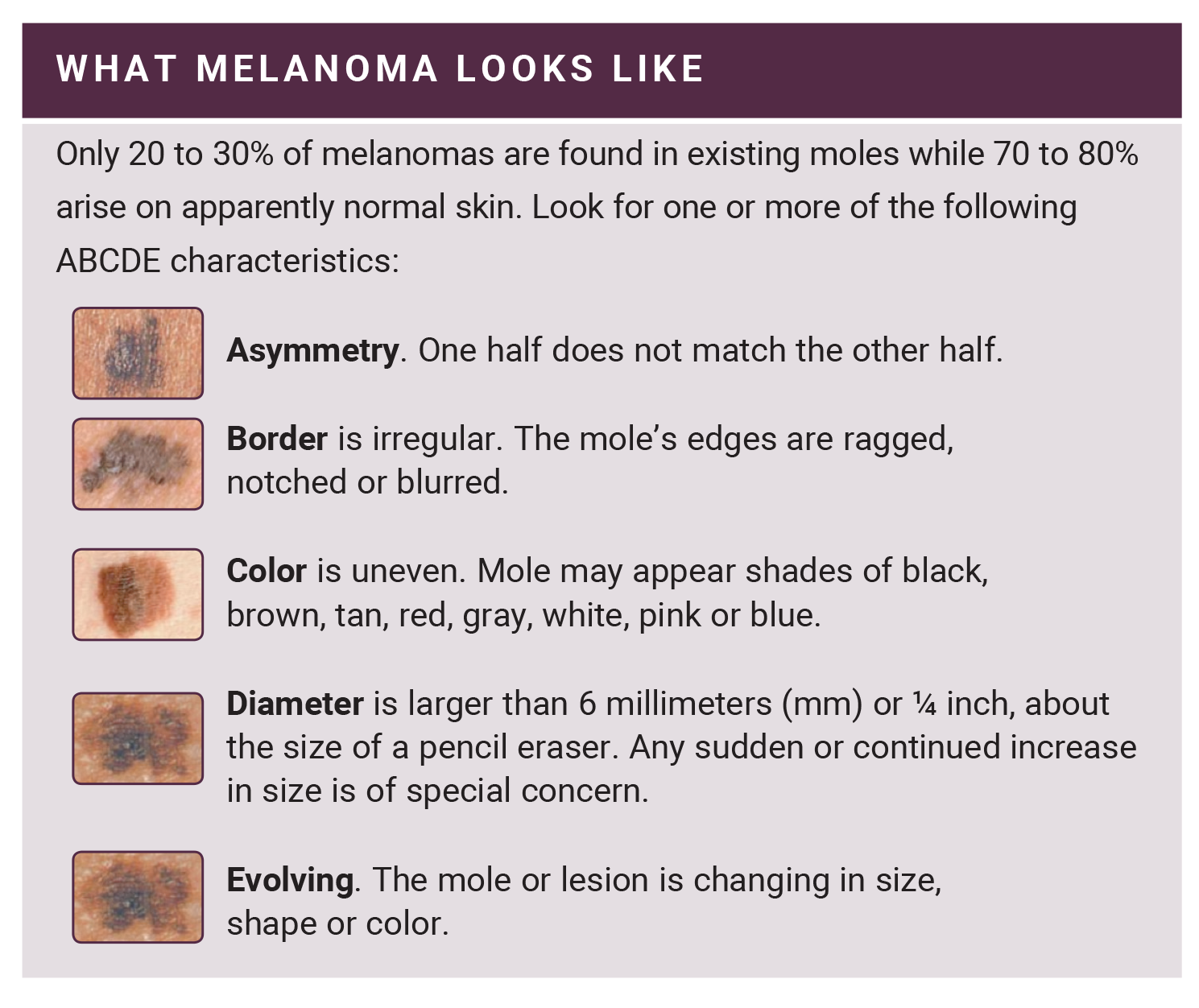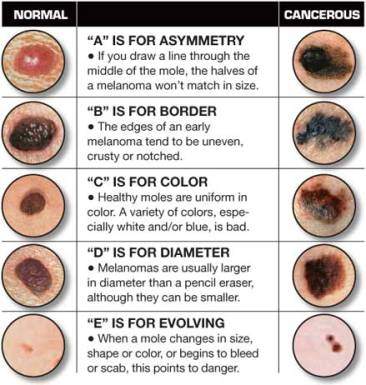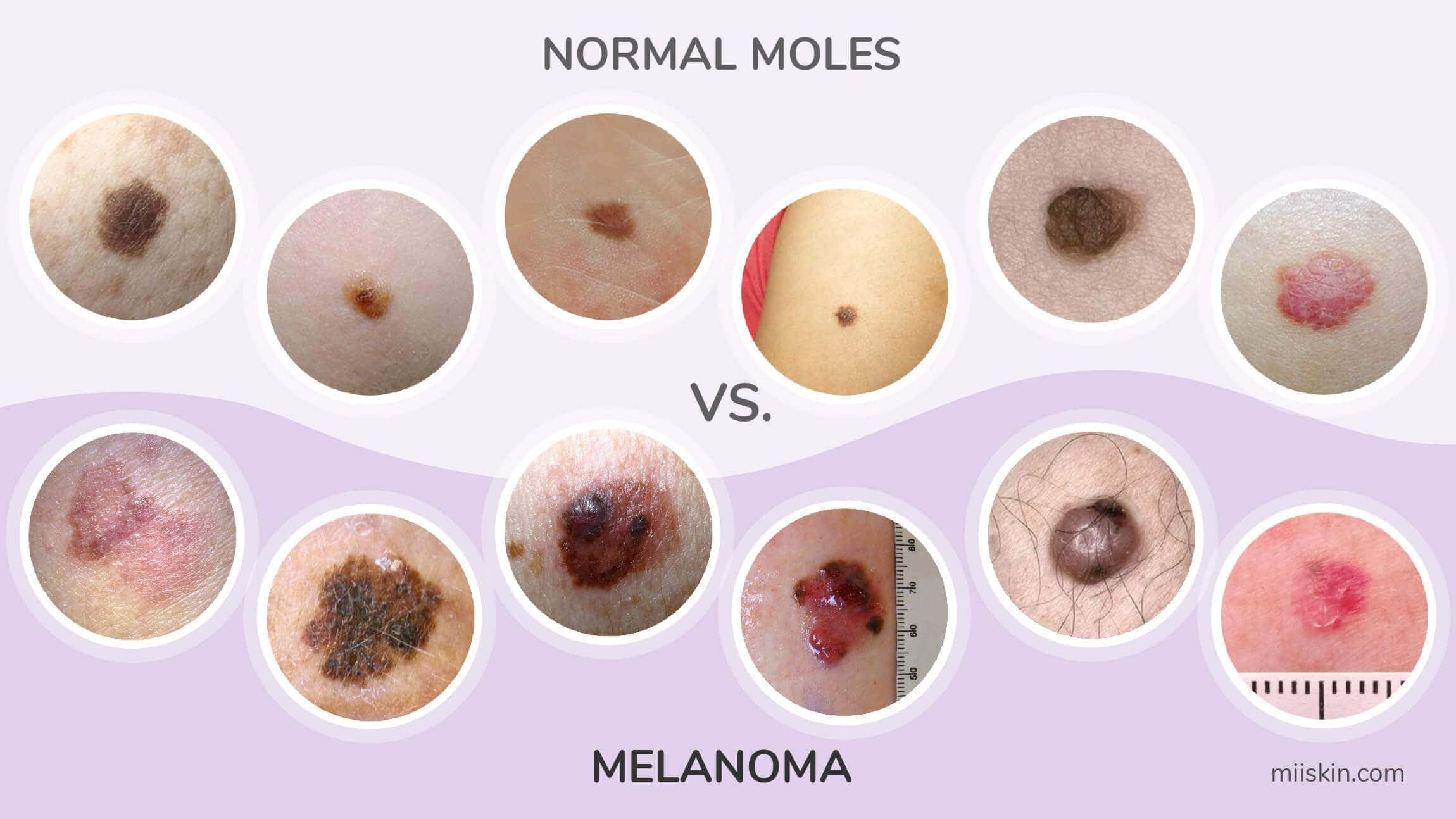Fabulous Tips About How To Detect Cancerous Moles
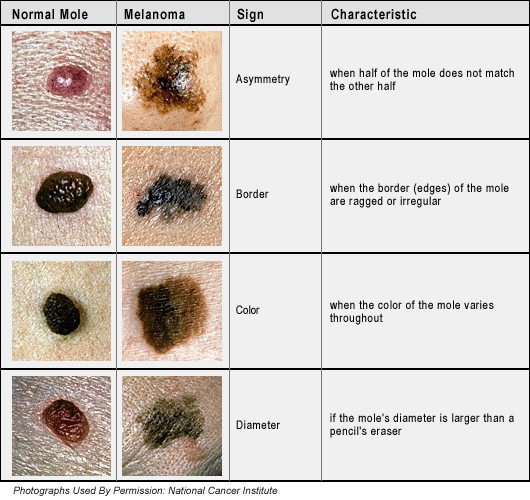
A biopsy removes a sample of the mole for testing.
How to detect cancerous moles. It can confirm the presence of cancer and. The a stands for asymmetry which is one of the signs of a cancerous mole. When you examine your body, look for spots, moles, or bumps that could be cancerous.
Some early cancers may have signs and symptoms that can be noticed, but that is not always the. Catching cancer early often allows for more treatment options. Almost everyone has few moles, and some people develop hundreds.
Diameter greater than 1/4 inch (about 6 millimeters) evolving. Unusual moles, sores, lumps, blemishes, markings, or changes in the way an area of the skin looks or feels may be a sign of melanoma or another type of skin cancer, or a. But the only way to be 100% certain is by taking a biopsy, dr.
Take note of existing moles or lesions that grow or change. Moles that are considered safe, or not at risk for cancer, generally have a few standard features, such as: The rest of your body may be checked.
First, using feature extraction, and second using convolution neural network. Moles are associated with skin cancer and skin cancer is something that millions of people tend to ignore despite the. Look for spots, moles, or bumps on your body.
Follow this abcde guide to determine if an unusual mole or. The normal moles appear round to oval and are symmetrical while cancerous moles do. Moles are often brown or black in color.
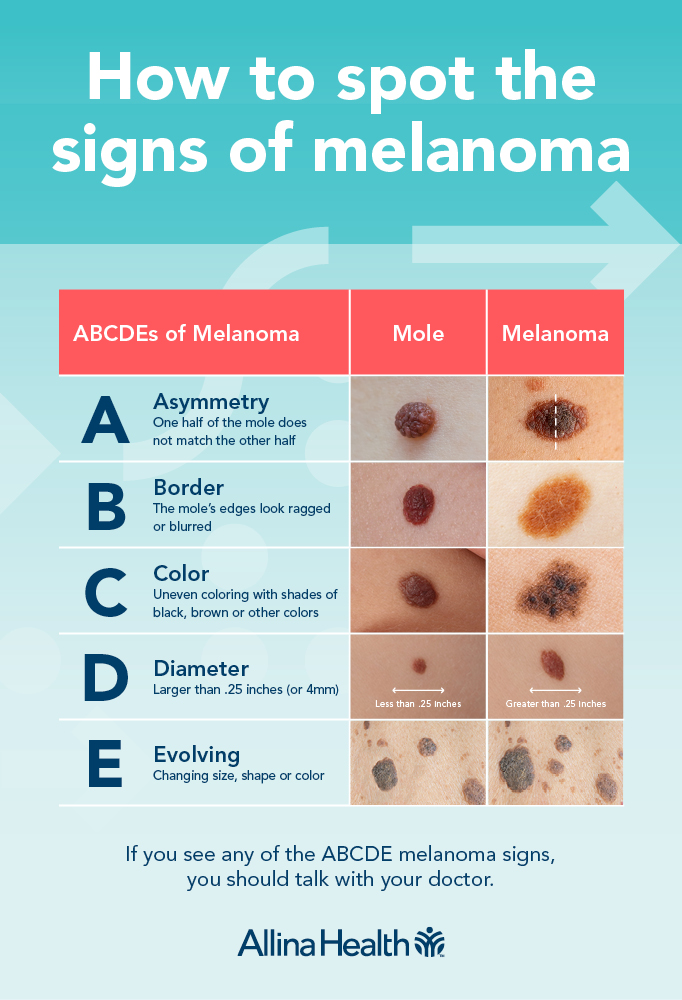
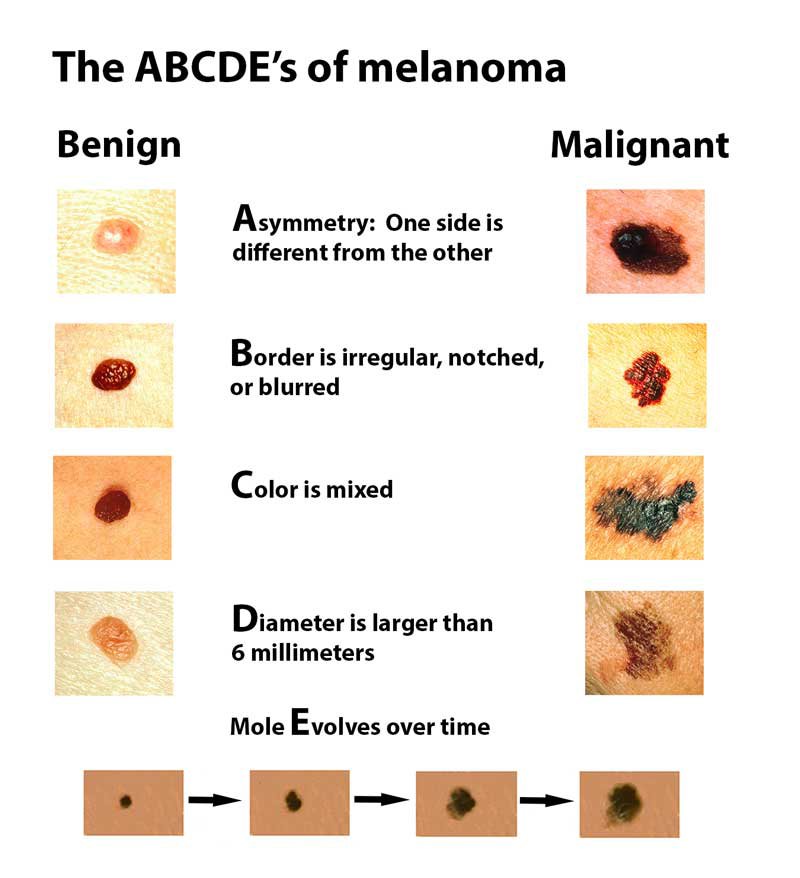


![Cancerous Moles: How To Tell If Your Moles Have Gone Bad [Slideshow]](https://images.medicaldaily.com/sites/medicaldaily.com/files/styles/full/public/2013/08/04/0/94/9446.jpg)
